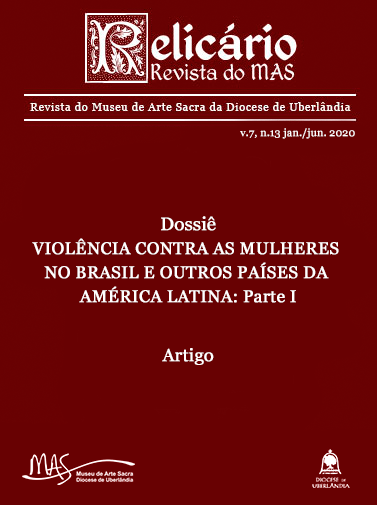The Matriarchs of Axé
Representations of women in Candomblé from photographs by Pierre Verger
DOI:
https://doi.org/10.46731/RELICARIO-v7n13-2020-160Keywords:
Diaspora. Representation. Women.Abstract
Resumo
Entre os séculos XVI e XIX, a escravidão gerou um intenso fluxo de comércio de escravos entre o Brasil e a costa ocidental da África. Junto com as populações escravizadas, também foram trazidas para cá inúmeras tradições, costumes e diversas religiosidades; dentre elas o candomblé e a tradição social, dentre as nações nagô, da autonomia feminina. Essas mulheres autônomas na esfera social, africanas e descendentes delas, foram as grandes matriarcas do famoso candomblé baiano, que formado na diáspora, foi fotografado e estudado durante décadas pelo francês Pierre Fatumbi Verger. O presente trabalho propõe uma análise sobre a representação da figura feminina no candomblé, em algumas fotografias de Verger.
Palavras-chave: Diáspora. Representação. Mulheres.
Abstract
Between the 16th and 19th centuries, slavery generated an intense flow of slaves commerce between Brazil and the west coast of Africa. Along with the enslaved populations, many traditions, customs, and various religiosities have also been brought here; among them the Candomblé and the social tradition, among the Nagô nations, of feminine autonomy. These autonomous women in the social sphere, African and descendants of them, were the great matriarchs of the famous Bahian candomblé, photographed and studied for decades by Frenchman Pierre Fatumbi Verger. The present work proposes an analysis on the representation of the female figure in candomblé, in some of Verger’s photographs.
Keywords: Diaspora. Representation. Women.











